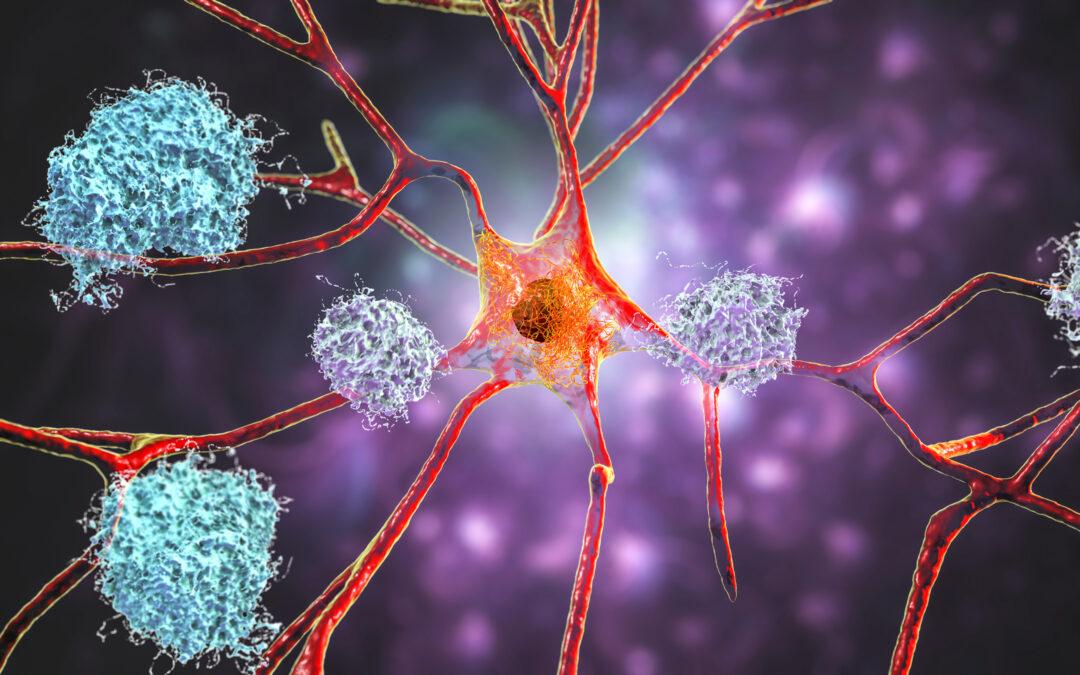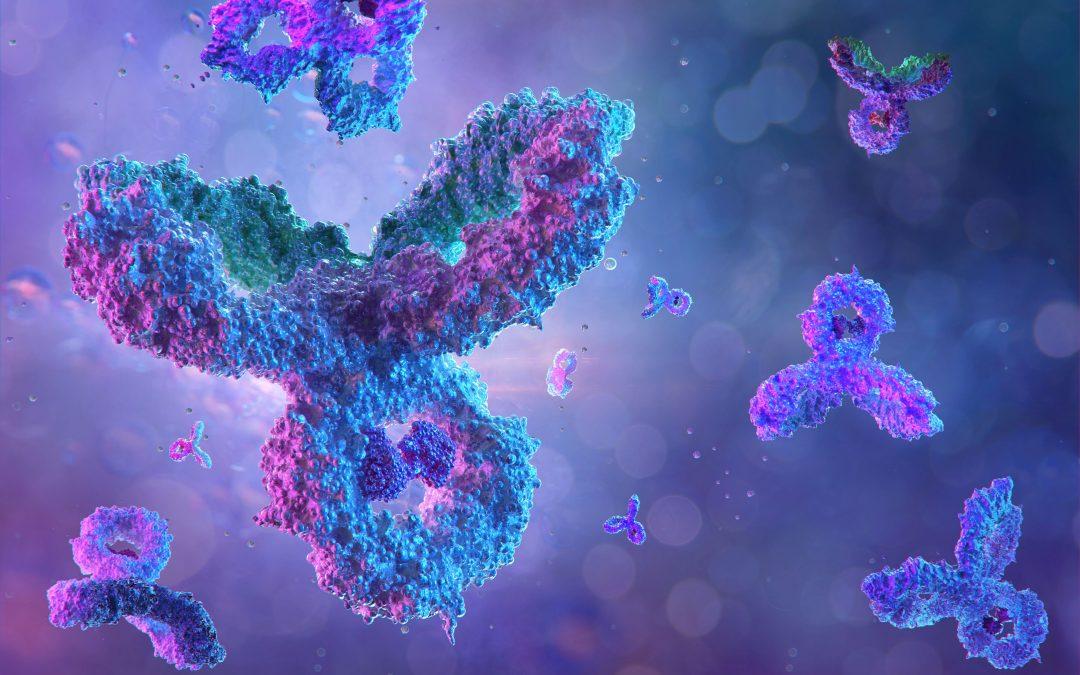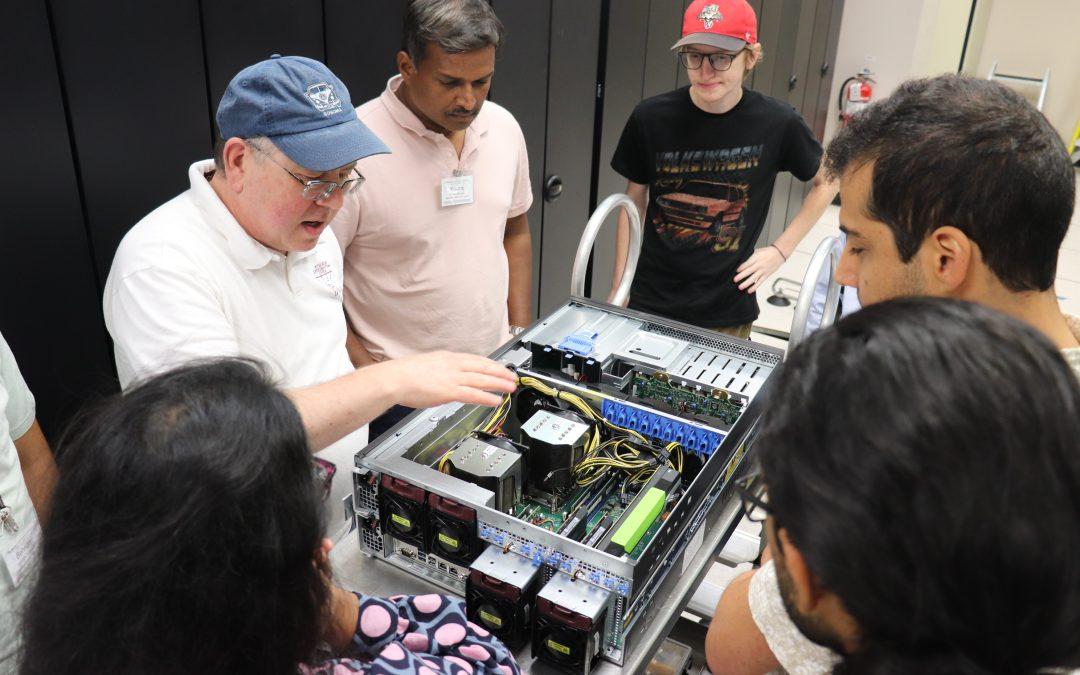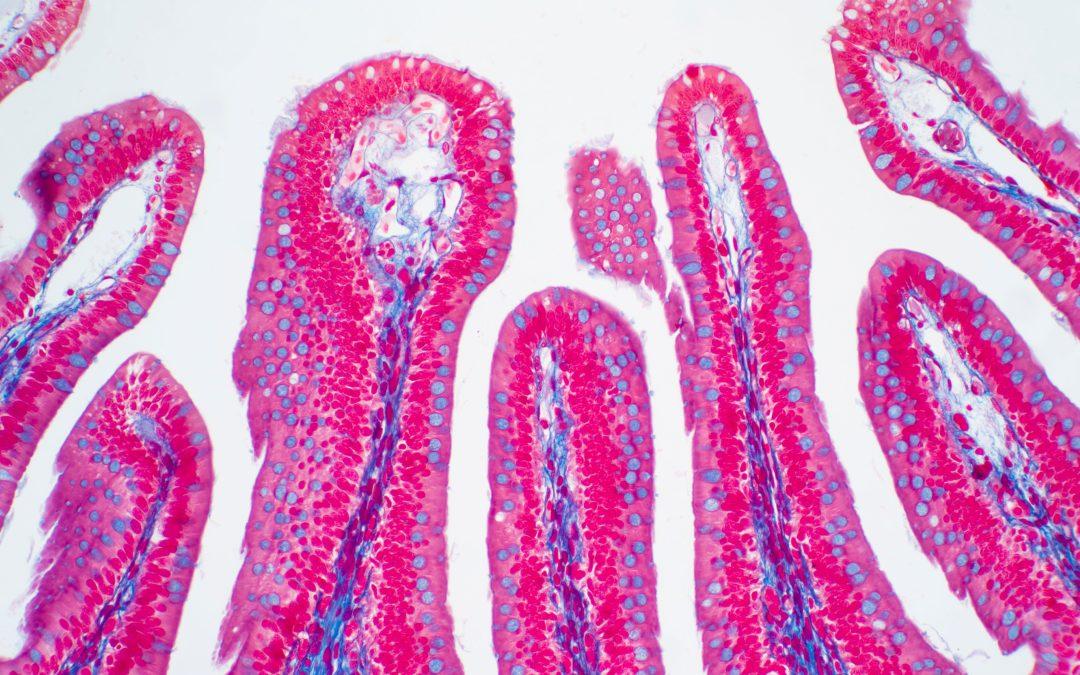by Emily Voelker | Dec 5, 2024 | BIL, Collaborations, Data Handling and Analytics, News, Press release, PSC Staff Publications, Research, Uncategorized
Data visualized using the Napari-bil-data-viewer. Credit: Neuron Tracing: Luo, Qingming. (2022). fMOST_cells_182681. Brain Image Library. https://doi.org/10.35077/web | fMOST Imaging: Dataset Citation: Luo, Qingming. (2024). fMOST_182681. Brain Image Library....
by Emily Voelker | Nov 7, 2024 | Bridges-2, Research, Science Highlights
By Kimberly Mann Bruch, ACCESS, and Ken Chiacchia, PSC Farming requires extensive planning. A team from the University of Maryland hopes that DAWN will be a useful crop management tool. Adobe Stock 523624107. Maryland Researchers Advance Agriculture Dashboard Using...

by Ken Chiacchia | Oct 22, 2024 | Anton, Anton 2, Research, Science Highlights
With Alzheimer’s disease, amyloid peptides combine to form fibrils, in turn forming plaques around neurons. Adobe Stock 421239213 Unexpected Way for Amyloid Peptides to Join Fibrils Explains Time Lag, then Accelerated Growth, in Fibril Formation and Disease...

by Ken Chiacchia | Oct 7, 2024 | Bridges-2, Research, Science Highlights
Understanding the movement of monoclonal antibodies through tissues can give a better picture of how to improve autoinjectors. Adobe Stock 350554958 Detailed Model of Movement of Antibodies through Tissues Reveals Ways to Improve Autoinjectors Monoclonal antibodies...

by Ken Chiacchia | Sep 27, 2024 | AI, Features, Neocortex, Neocortex events, Research, Science Highlights, Training
ByteBoost students and PSC staff listen as Derek Simmel, Senior Information Security Officer, gives a tour of the PSC Machine Room. Student Projects Tackle Challenges in Drug Discovery, Congressional Policy, Coordinating Heavy Air Traffic, and More Students from...

by Ken Chiacchia | Aug 28, 2024 | Bridges-2, Research, Science Highlights
A microscopic view of the large intestine, and the many different cells that comprise it. Source: AdobeStock_316295145 By Optimizing Cell Classification, the New Tool Running on Bridges-2 Promises Better Understanding of How Individual Cells Help Organs and Tissues...




